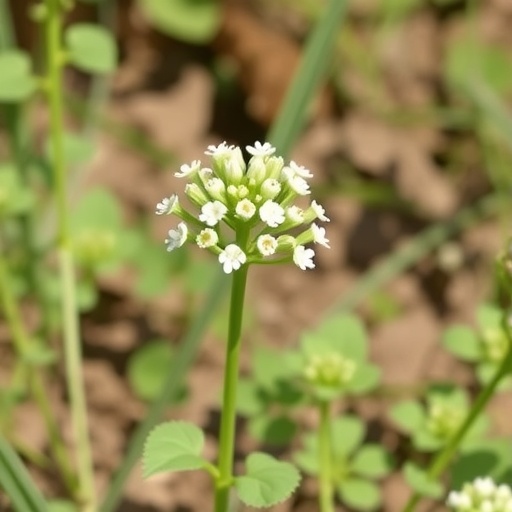American Stroke Association News Release – Poster TMP49, Session MP15
DALLAS, Jan. 30, 2019 — Stroke risk factors such as high blood pressure, diabetes, heart disease and smoking are common and on the rise among Native Americans with clot-caused stroke, according to preliminary research to be presented in Honolulu at the American Stroke Association’s International Stroke Conference 2019, a world premier meeting for researchers and clinicians dedicated to the science and treatment of cerebrovascular disease.
“All of us need to be aware of risk factors like high blood pressure, smoking and diabetes that can lead to stroke. Identifying increases in risk factors in ethnic groups with health and socioeconomic disparities can help us target these risks to reduce the stroke burden going forward,” said Dinesh V. Jillella, M.D., lead author of the study and a vascular neurology fellow at the Cleveland Clinic Foundation in Ohio.
It has been previously reported that Native Americans have a higher incidence of stroke than other racial groups in the United States. In this study, researchers used the Cerner nationwide database of electronic health records from 700 hospitals to identify 4,729 Native Americans (46 percent male) diagnosed with ischemic (clot-caused) stroke between 2000 and 2016.
They found that many risk factors were common in those with stroke, including:
- high blood pressure (66.6 percent);
- diabetes (38.8 percent);
- coronary heart disease (23.4 percent);
- smoking (21.6 percent);
- heart failure (12.3 percent);
- atrial fibrillation, an irregular heartbeat (10.5 percent); and
- atrial flutter, an abnormally fast heartbeat (1.4 percent).
When researchers analyzed changes in the risk factors over time, they found that all risk factors, except for diabetes, rose significantly between 2000 and 2016.
“It was alarming to find a significant increase in modifiable risk factors like smoking and high blood pressure. Clinicians should aggressively target modifiable stroke risk factors in the Native American population,” Jillella said.
The researchers are currently comparing how common these risk factors are in Native American stroke survivors with those from other racial groups who have a lower incidence of stroke. They are also analyzing the prevalence of risk factors in Native Americans with hemorrhagic or bleeding strokes.
Because this study used an electronic medical record database, it has the advantage of a large sample size, but also the limitation that errors in coding by health professionals may have occurred.
The department of neurology at the University of New Mexico funded this project.
###
Co-authors are Ken Uchino, M.D.; Lauren Hatcher, M.D. student; Caity Vigil, B.S. student; Andrew Lin, M.D.; Asad Ikram, M.D.; Mudassir Farooqui, M.B.B.S., M.P.H.; Syed A.Q. Quadri, M.D.; and Atif Zafar, M.D. The authors report no disclosures.
Note: Scientific presentation is 5:30 p.m. HT/10:30 p.m. ET, Thursday, Feb. 7, 2019.
Additional Resources:
* Downloadable multimedia related to this news release are on the right column of the release link https:/
* For more news from AHA International Stroke Conference 2019, follow us on Twitter @HeartNews #ISC19.
Statements and conclusions of study authors that are presented at American Heart Association scientific meetings are solely those of the study authors and do not necessarily reflect association policy or position. The association makes no representation or warranty as to their accuracy or reliability. The association receives funding primarily from individuals; foundations and corporations (including pharmaceutical, device manufacturers and other companies) also make donations and fund specific association programs and events. The association has strict policies to prevent these relationships from influencing the science content. Revenues from pharmaceutical and device corporations are available at https:/
About the American Stroke Association
The American Stroke Association is devoted to saving people from stroke — the No. 2 cause of death in the world and a leading cause of serious disability. We team with millions of volunteers to fund innovative research, fight for stronger public health policies and provide lifesaving tools and information to prevent and treat stroke. The Dallas-based association officially launched in 1998 as a division of the American Heart Association. To learn more or to get involved, call 1-888-4STROKE or visit StrokeAssociation.org. Follow us on Facebook and Twitter.
Media Contact
Karen Astle
[email protected]
214-706-1392
https:/




